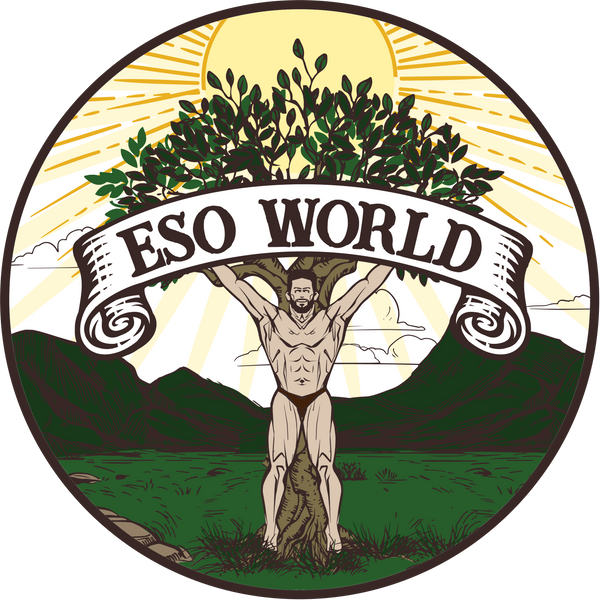In our fast-paced, modern world, polyester has grown to be a ubiquitous presence in our lives. From clothing to home furnishings and even industrial applications, polyester's versatility and low cost have attracted many firms, building a significant industry, with 60.53 million metric tons produced globally in 2021, making up 52% of all fibres manufactured in 2020.
Polyester is a synthetic polymer made from petrochemicals, being first synthesised in the mid-20th century and since skyrocketing in popularity due to its low production costs and durability. Whilst it is hailed for being wrinkle-resistant, quick-drying, and lightweight, making it an attractive choice for clothing manufacturers and consumers, many of these consumers are unaware of is the far-reaching negative side of this seemingly benign material.
These hidden consequences, whereby polyester poses significant health risks not only to humans but also to the wider ecosystem are, unfortunately, not common knowledge. In this blog post, we'll delve into the potential health hazards associated with polyester and explore these impacts to both our health and environment.
Human Health Concerns
- Endocrine Disruptors - The chemicals involved when creating polyester are not always entirely eliminated at the point of purchase. These include compounds that mimic human hormones, due to being structurally similar. The most common way this causes problems is, put simply, your body believes there is more of a hormone when there isn’t really, and stops producing the correct amount, leaving you out of balance. Polyester has been shown to cause reproductive issues in women and lower sperm count in men, due to this effect. The primary type of these found in polyester are known as phytoestrogens. The research on these, especially from unbiased studies looking at the long term, are lacking, but they are suspected to be of greater harm to men and children. To make matters worse still, a number of firms have been caught with Bisphenol A (BPA) in polyester products, particularly spandex polyester, which is a well-known and widespread endocrine disruptor. Our hormones have a far-reaching range of effects, both mentally and physically, making it very important to be conscious of these risks in everyday, mundane objects.
- Skin Irritation and Allergies - Polyester is notorious for its poor breathability. This can lead to excessive sweating and, in some cases, skin irritation. The synthetic fibres trap moisture close to the skin, creating an ideal environment for the growth of bacteria and fungi. Skin allergies and conditions like dermatitis can even result from prolonged exposure.
- Microfiber Pollution - When you wash polyester garments, they release tiny plastic microfibers into the water. These microfibers are so small that they pass through wastewater treatment plants, which are not prepared or not willing to properly filter out, ending up in our rivers and oceans. Research supports the obvious conclusion that these microplastics can, and do, enter the food chain, with rising potential harm to human health as they continue to accumulate in aquatic organisms.
- Carcinogenic Concerns - The production of polyester involves the use of chemicals like antimony trioxide, which is classified as a possible carcinogen by the International Agency for Research on Cancer or formaldehyde, a more well known, proven carcinogen. There are also concerns about the release of volatile organic compounds (VOCs) during the manufacturing process, which can contribute to indoor air pollution.
Environmental Impact
- Non-Biodegradability - Polyester is non-biodegradable, meaning after you finish wearing it, it can persist in the environment for centuries. Discarded polyester items end up in landfills or as litter, contributing to the global plastic pollution crisis. This is why many Eso World products can be sent back to be recycled properly, keeping them out of the ecosystem.
- Wildlife Impact - Marine animals, in particular, are susceptible to the dangers of polyester pollution. As previously mentioned, tiny microfibers can be ingested by small marine creatures and subsequently make their way up the food chain, posing a threat to larger species, including humans who consume seafood. However, this is not only a problem because it eventually harms humans, but it also harms the marine animals, particularly so for cetaceans (aquatic mammals like dolphins and whales), whom also possess complex endocrine systems, but harmful right the way up the food chain.
- Energy and Resource Consumption - The production of polyester is energy-intensive and relies heavily on fossil fuels, especially coal. Furthermore, the extraction of the raw materials used in polyester production can have devastating ecological consequences, including habitat destruction and water pollution. Being a plastic, it requires the mining of crude oil, a practice that is hugely ecologically damaging.
Sustainable Alternatives
As awareness of polyester's environmental and health risks grows, consumers are seeking alternatives. Sustainable fabrics such as organic cotton, hemp, bamboo, and Tencel offer viable options that are not only safer for human health but also kinder to the planet. That is why here at Eso World, our clothing products are made from 100% organic cotton.
To Sum Up
Polyester may have revolutionized the textile industry with its cost-effective and versatile properties, but it's high time we acknowledge the hidden health risks it poses for humans and its devastating impact on our environment. As consumers, we have the power to drive change by making more conscious choices, opting for sustainable alternatives, and supporting initiatives aimed at reducing plastic pollution. By doing so, we can unravel the polyester predicament and pave the way for a healthier, more sustainable future for both ourselves and the planet.
Our Sources / Further Reading
https://ceh.org/latest/press-releases/breaking-bpa-in-socks/
https://setac.onlinelibrary.wiley.com/doi/10.1002/etc.5620170114
https://www.ncbi.nlm.nih.gov/pmc/articles/PMC3074428/
https://www.ncbi.nlm.nih.gov/pmc/articles/PMC4291052/ https://www.ncbi.nlm.nih.gov/pmc/articles/PMC6132564/






